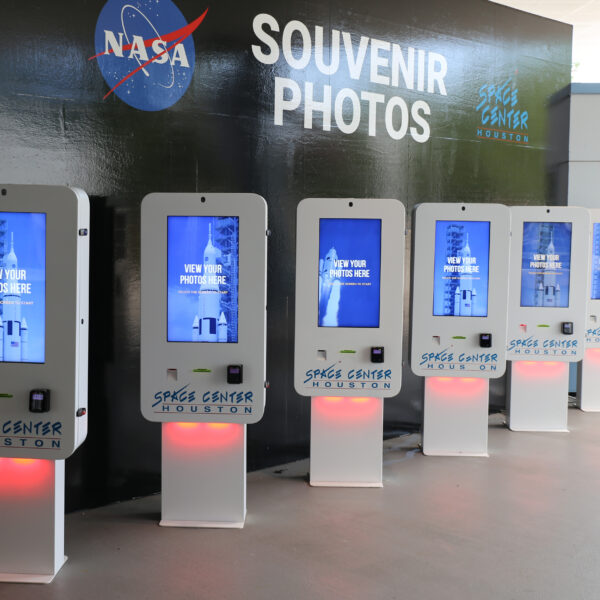
Kiosks
Close
Kiosk Industries


Before delivering a kiosk or retail display to a location, a site survey is an important step.
A site survey is an assessment that gathers information about a specific location to ensure the installation process is efficient. The process gives the manufacturer a clear vision of what is needed to prep the site.
Because of site surveys, aspects like electrical access, anchoring, networking, and more can be planned ahead of time, allowing manufacturers to properly anticipate the needs of each site and reduce time and costs associated with installation.
So, what exactly does a site survey take into consideration? And what does the process look like? Here are some key aspects that involve surveying a site for a kiosk or store display installation.
Questions about location details are critical to surveying a site. The answers to these inquiries will determine if any special requirements are needed for delivery. Important questions include:
Upon installation, some kiosks or displays may require anchoring to the floor, wall, or even ceiling. In these cases, assessment of specific structural elements of the destination location are necessary. Any place that will hold an anchor needs to be able to support the weight of that display or kiosk. But how is it determined whether anchoring is required?
Any display or kiosk with a potential for tipping over becomes a candidate for anchoring. For instance, a tall display or one with a skinny base will automatically require it.
But it’s not only the specifications for a display or kiosk that decide whether or not anchors will be needed. In some states, such as California, there are anchoring requirements in place due to the probability of seismic activity.
It’s recommended to engage a local installation company that will be familiar with regional laws and safety codes, as municipalities all over the US may have different rules regarding anchoring.
Kiosks and displays that require electricity will have additional needs in order to properly connect to a power source.
Kiosks or powered displays often will mount flush to the floor, wall, or other permanent facility surfaces or are placed close to existing outlets, allowing for easy access to power.
When units can’t be placed near a power source, trenching, or digging up flooring to run power to a location, is needed, and requires a contractor and electrician. Dropping power from a ceiling is another, less expensive option for kiosks and displays that aren’t near a power source.
When network connectivity is required, usually for kiosks, Ethernet, Wi-Fi, and cellular options are available. While Ethernet is preferred due to a constant, stable connection, sometimes physical limitations can make this an impossible or costly endeavor. In those cases, exploring the other options or employing a hybrid solution will be best.
Site surveys will determine the best avenues for powering and networking displays and kiosks on location.
Kiosk and display manufacturers will typically outsource a site survey and installation, identifying a reputable vendor. By using the same vendor for both, they will be familiar with the territory during installation.
After discussing the kiosk or display specifications internally and with the client, the manufacturer will establish the details they’ll need from the site survey. The requested details will be documented and given to the survey vendor, along with a list of locations. Then, the actual surveying begins.
Once the manufacturer is given the survey results, they create a summary of the configurations observed. Oftentimes, the vendor will include photos of the installation site in their report as well. From there, the manufacturer can begin planning.
Occasionally, the client owns the locations where the kiosk or displays are going to be installed, and in those instances, manufacturers can get the needed information directly from them. However, surprises can come up, so proceeding with site surveys may still be advantageous.
Before a display or kiosk is installed at any location, the specifics of that site need to be assessed through a site survey. Knowing details about the destination ahead of time will streamline the delivery and installation process for the manufacturer, the client, and any vendors involved. This allows manufacturers proper time to troubleshoot potential issues and, when necessary, make adjustments to accommodate unconventional location demands.